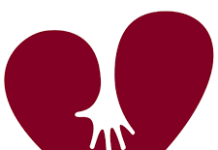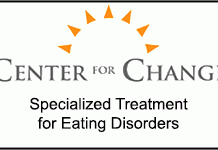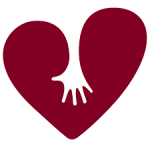Collective trauma describes the emotional and mental reactions to a devastating event that affects an entire group, country, or population. Fear, anxiety, grief, and depression are the most common symptoms of collective trauma. However, the intensity of the impact of the tragedy, and therefore of the collective trauma symptoms, may be different for different people, depending on a wide range of factors. The coronavirus, for example, has disproportionally affected people of color and people of lower socioeconomic status.
In addition, events that catalyze collective may permanently shift the way those affected see themselves—not only as individuals but also as a society or a group. Studies show that the impact of collective trauma on future generations includes greater individual and collective fear, heightened alertness for new threats, damaged national pride, and increased feelings of vulnerability. Research on the long-term collective impact of past disease outbreaks, including SARS and Ebola, shows increases in panic, depression, hopelessness, anxiety, stress, grief, and collective PTSD.
Causes of Collective Trauma
As with other kinds of trauma, any event or ongoing situation that represents a significant threat to a group’s health, safety, and well-being can cause collective trauma. Examples of the types of traumatic events that catalyze collective trauma include
- Pandemics, such as COVID-19
- Wars and military conflicts
- Terrorist attacks, like 9/11
- Natural disasters
- Economic disasters, such as the Great Depression
- Mass shootings
- Genocide—for example, the Holocaust.
Research on the Impact of Collective Trauma in 2020
Before COVID, adolescents were already experiencing the highest levels of anxiety, depression, and suicide in recorded history. And research is showing that this teen mental health crisis has only been exacerbated by collective trauma. During two weeks in late April and early May 2020, America’s Promise—the nation’s largest cross-sector alliance of nonprofit, community organizations, businesses, and government organization dedicated to improving the lives of young people—conducted a survey of 3,300 young people. Their findings included the following data:
- High school students’ levels of concern about the present and future have increased
- 30 percent of young people surveyed said they feel unhappy or depressed more often
- More than 25 percent reported not sleeping well, feeling constantly under strain, or experiencing a loss of confidence in themselves
- 29 percent reported that they that felt disconnected from their classmates, their teachers, and their school community.
Symptoms of Collective Trauma in Teens
Signs of adolescent trauma include
- Hopelessness
- Sadness
- Difficulty sleeping
- Suicidal thoughts
- A lack of interest in activities they used to enjoy.
Treatment for Teen Trauma
An assessment by a mental health professional or healthcare provider can determine whether treatment is required. Treatment approaches for teen trauma include
- Trauma-focused Cognitive Behavioral Therapy
- Dialectical Behavioral Therapy
- Eye Movement Desensitization and Reprocessing (EMDR)
- Somatic Experiencing
- Experiential modalities.
If your teen is experiencing symptoms of anxiety, depression, or trauma, Newport Academy can help. Visit NewportAcademy.com to learn more about our integrated approach to trauma treatment.













